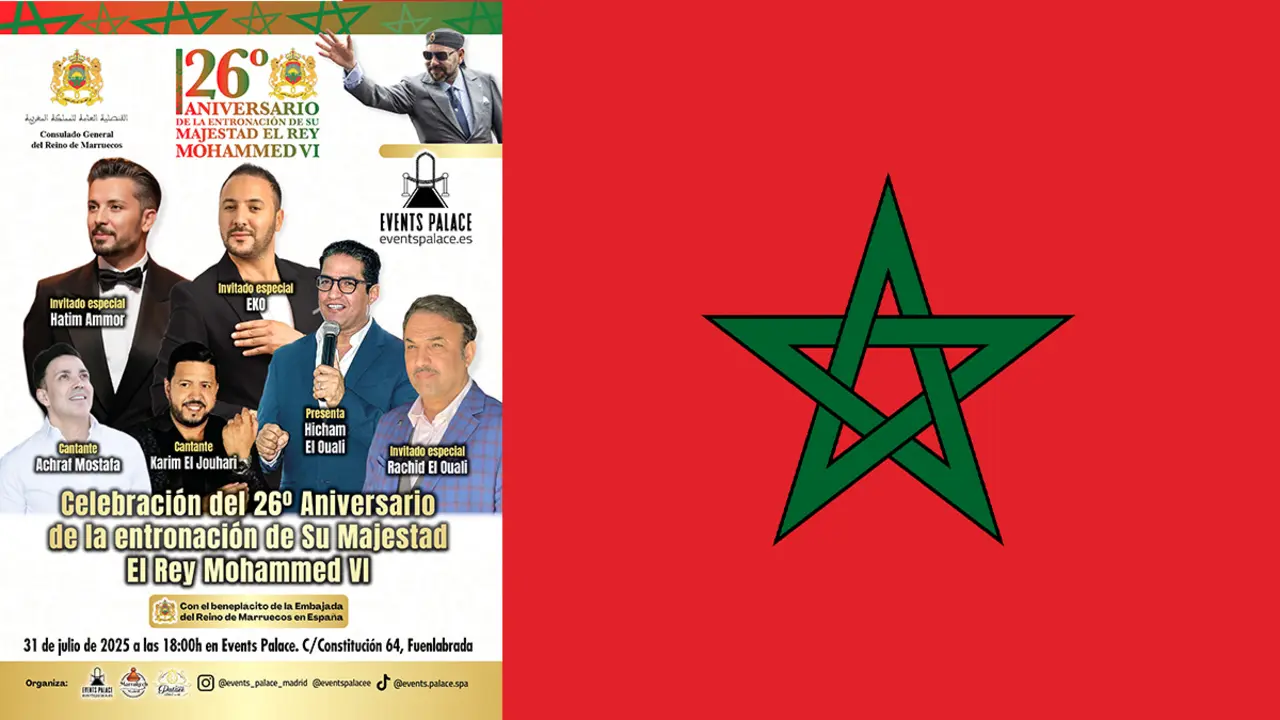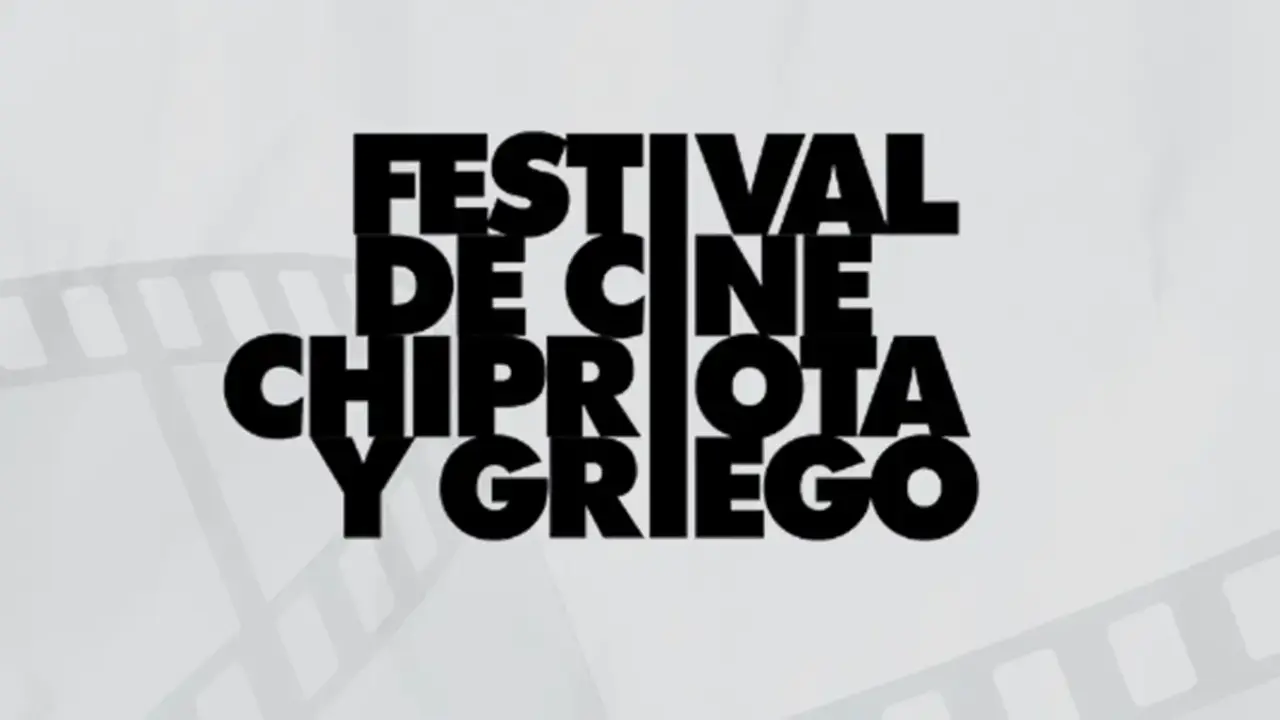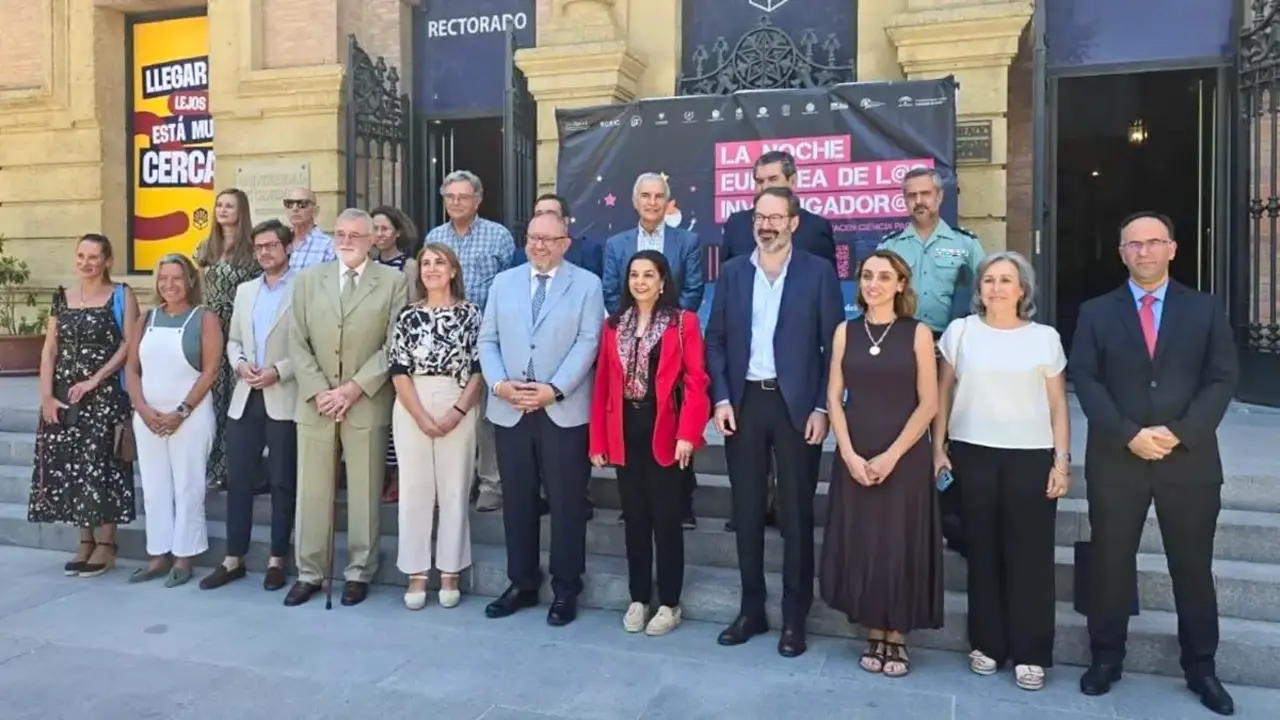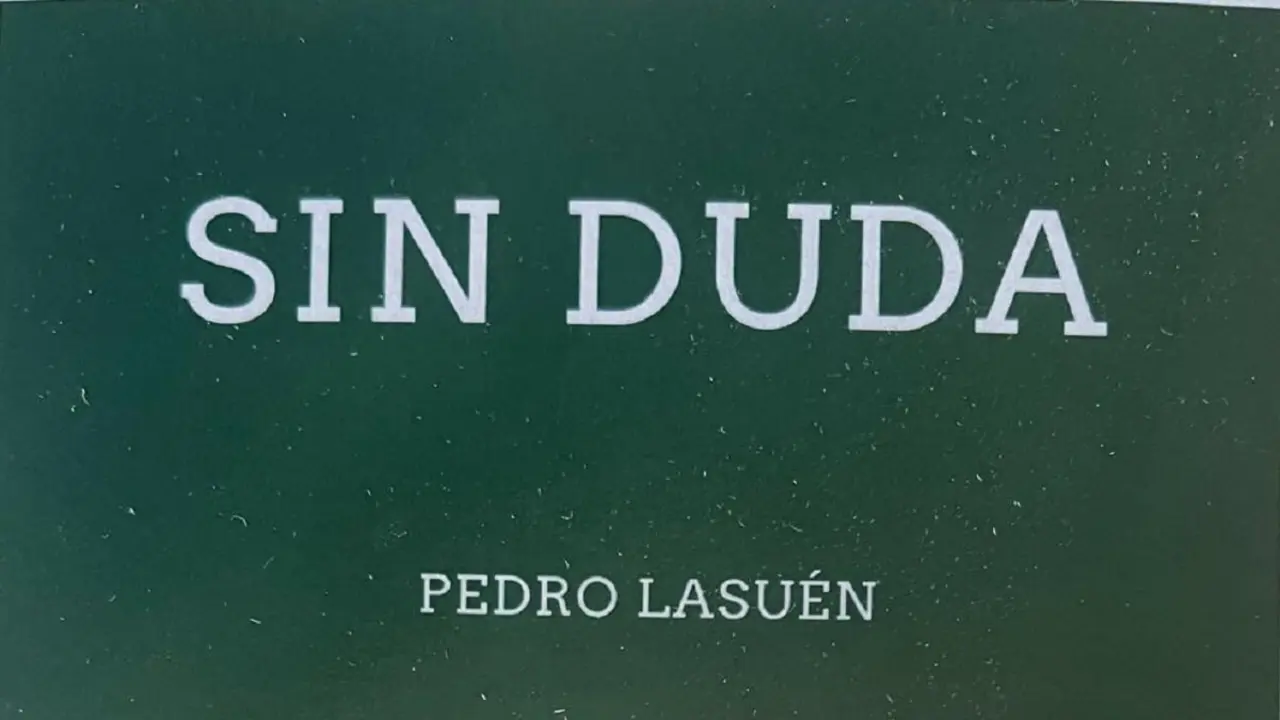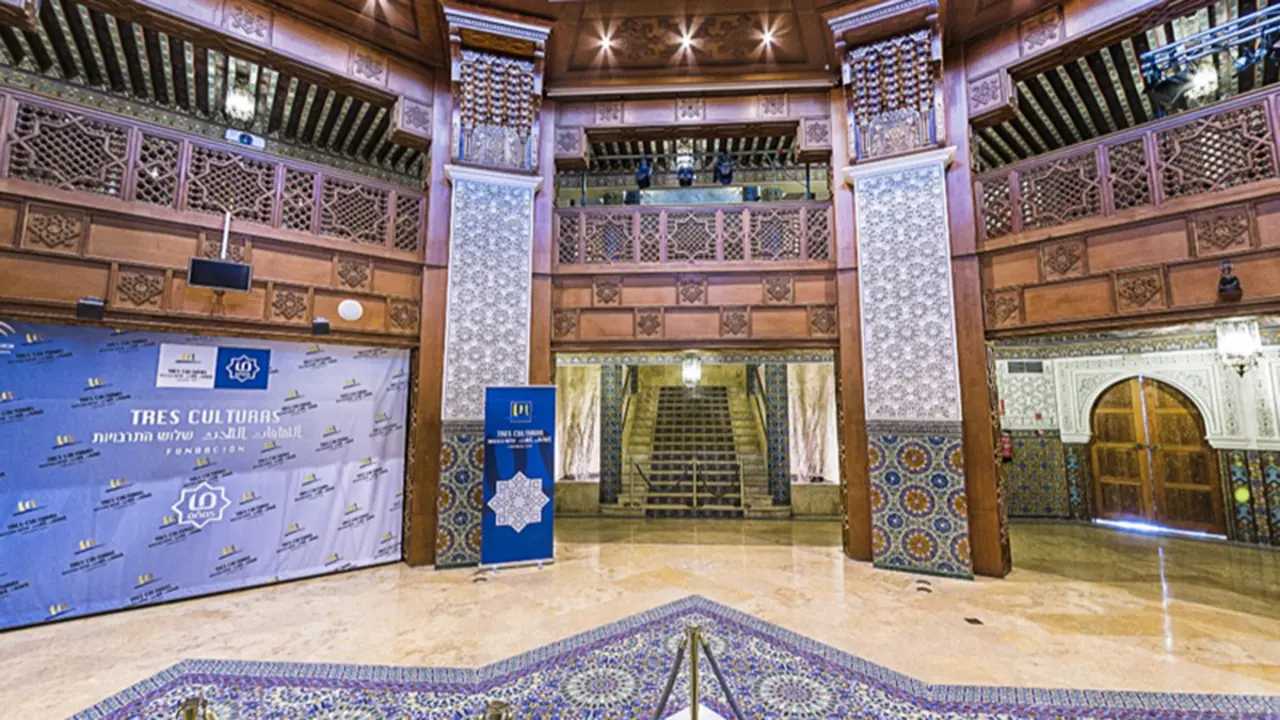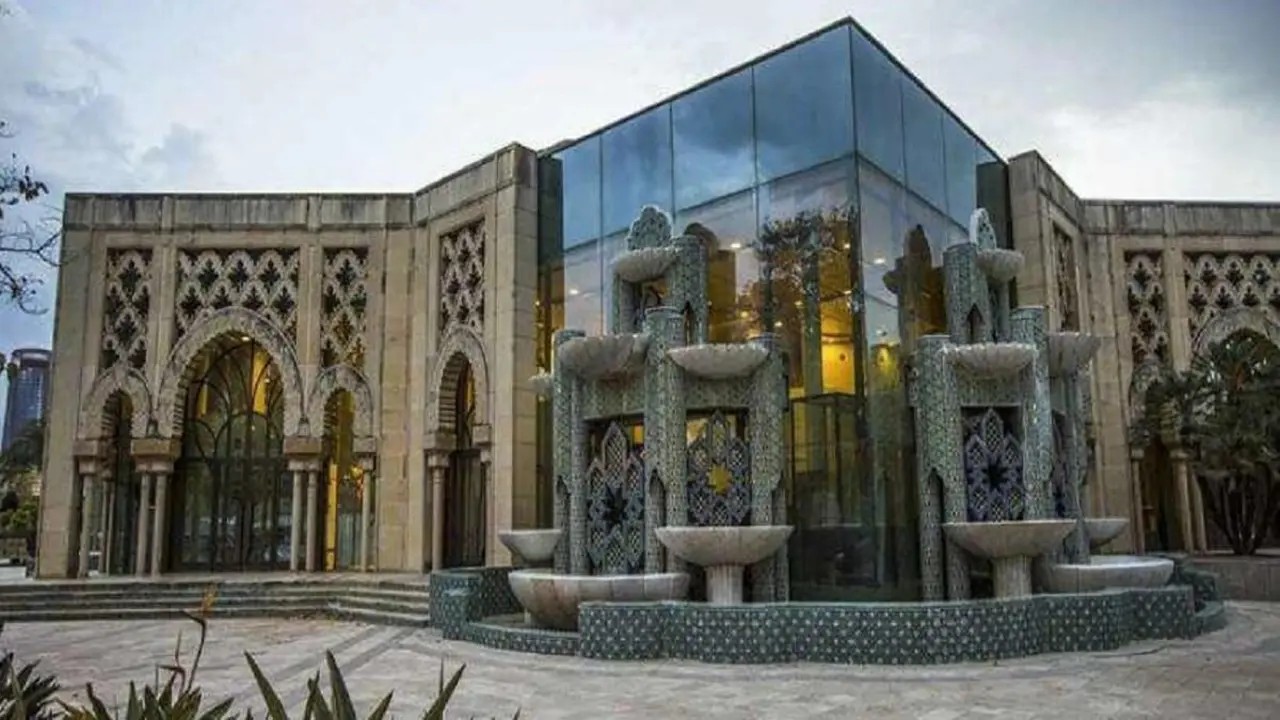From French style in Spain to the new Barcelona
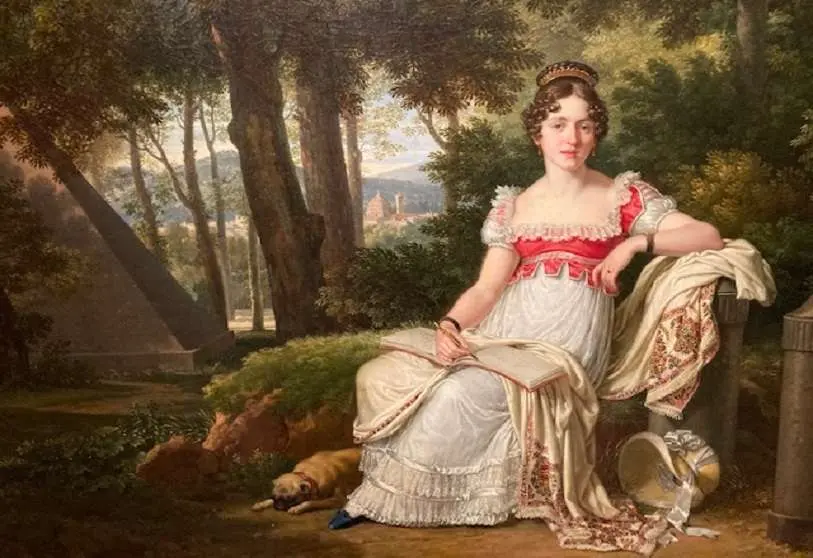
Relations between Spain and France were never idyllic. There has always been competition between the two nations, which was not lessened even with the establishment of state marriages. One of the best examples is the double marriage in 1615 between Louis XIII and Anne of Austria, and between the latter's brother Philip IV and Isabella of Bourbon, which did not prevent France from declaring war on Spain in 1635.
In the second half of the 17th century Louis XIV definitively seized Spain's status as Europe's leading power, beginning a progressive and unstoppable political and cultural conquest of the continent, once the Treaty of the Pyrenees of 1659 imposed a lasting peace between the two countries.
This cultural conquest of Europe found in Spain fertile ground in which to germinate the process of transfer, culturisation and crossbreeding of French taste. This process is described in the more than one hundred works produced between the 17th and 19th centuries, which are still preserved in our heritage and are now on display in the Mapfre Foundation's headquarters in Madrid.

During those two hundred years, "Frenchness" was imposed as a synonym of classicism in the arts, while in social life it was equivalent to distinction, magnificence and extreme elegance in adornment and dress. From the final enthronement of Philip V after the costly and bloody War of the Spanish Succession, French artistic and cultural penetration of court circles became more intense, with the importation of artists such as the architect René Carlier, sculptors such as René Fremin and Robert Michel and the gardener Etienne Boutelou. And, above all, portraitists such as Michel-Ange Houasse, Jean Ranc and Louis-Michel van Loo.
This impulse was momentarily halted during the successive reigns of Ferdinand VI and Charles III, when the Spanish court turned to Italian models, while under Charles IV most of the posts linked to the arts were filled by national architects, painters and sculptors trained at the Royal Academy of Fine Arts of San Fernando. However, the monarch's marked and refined tastes were once again inclined in favour of the French, as evidenced by the large number of objects and ornaments in his palaces and residences. Luxury, in short, had a French name, which extended to practically all the decorative arts.
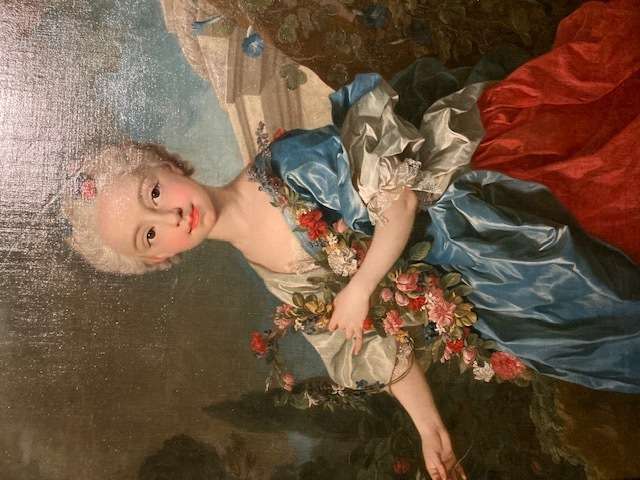
The Napoleonic wars, and especially our War of Independence, led the French to see Spain as a kind of new Orient, at once near and unknown. Direct knowledge of the country as a result of that war (1808-1814) and the expedition of the Hundred Thousand Sons of Saint Louis (1823) revealed to French artists (before many Spaniards) landscapes, monuments, customs and traditions hitherto reviled, but which were revealed to be profoundly subjugating.
This Romantic vision of Spain went through several stages, from the most picturesque to the "local", followed by the search of other artists such as Èdouard Manet for a more Spanish essence. He was the painter who travelled to see Velázquez's works in person, and who transmitted the greatness of the brilliant Sevillian painter to France and Europe.

After the stroll through French splendour and luxury, it is worth changing register at the Mapfre Foundation's headquarters. We come across a great exhibition by Jorge Ribalta, an artist capable of fusing photographic precision and the painter's vision in his works in his so-called "stagings".
He makes them of urban landscapes, reconstructing places in the process of disappearing due to the opening up of the Rambla del Raval, which would definitively change the physiognomy of Barcelona's old Chinatown. In his works, he adds elements of current affairs or "documentaries", giving them an undeniable patina of genre noir.
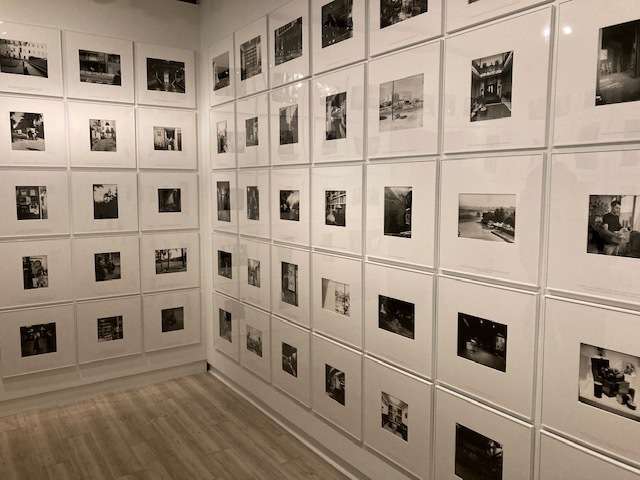
These landscapes are also alive, so that Ribalta also tackles, with his series "Anlitz der Zeit", what he calls "anti-portraits", of celebrities and mass media personalities made with miniature figures. Ribalta presents this set as a periodic updating of a project by August Sander (1929) to create a portrait of the time.
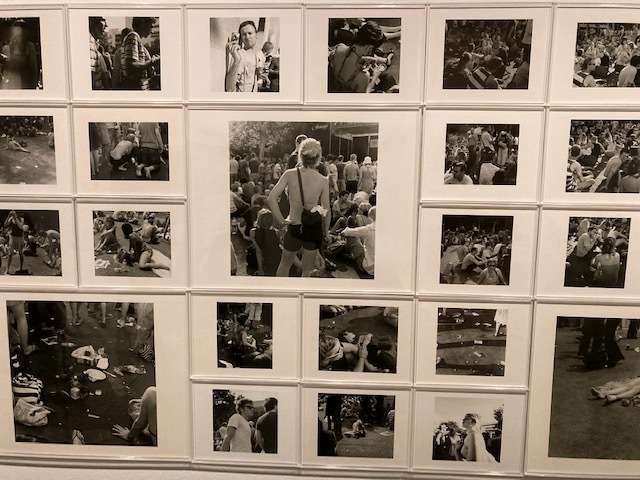
Ribalta shapes his assemblages into walls of images, which come to compose absolute spaces. Since 2005, one of the axes of his work has been oriented towards the critical representation of the situation of Barcelona in the era after the Universal Forum of Cultures in 2004, an event that he interprets as the symbolic end of the period that opened with the Cerdá Plan of 1880 in the urban history of Barcelona. That century and a half of urban growth was characterised by the holding of major events, from the Universal Exhibition of 1888 to the 1992 Olympic Games, as a strategy to catalyse the impulses of economic development.
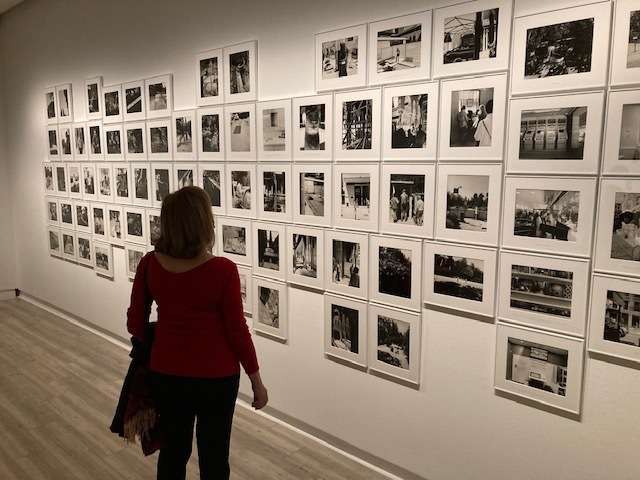
For Ribalta, the failure of the Forum 2004 is an indication that the Cerdá Plan has been superseded and is no longer the guiding idea for urban planning in the metropolis. The great recession that began in 2007 accentuated the end of the cycle. Since then, the artist has sought to represent Barcelona's new time with his series. He understands that the local is the specific materialisation of global historical trends, far from any identarism or localism.



